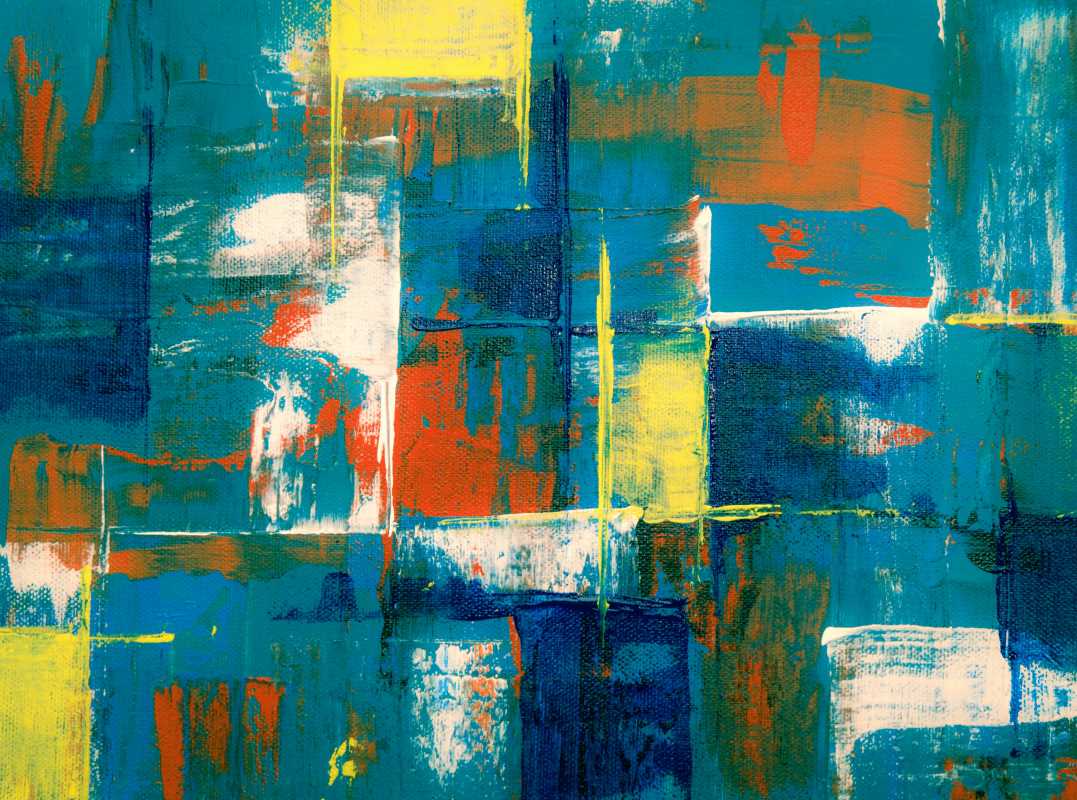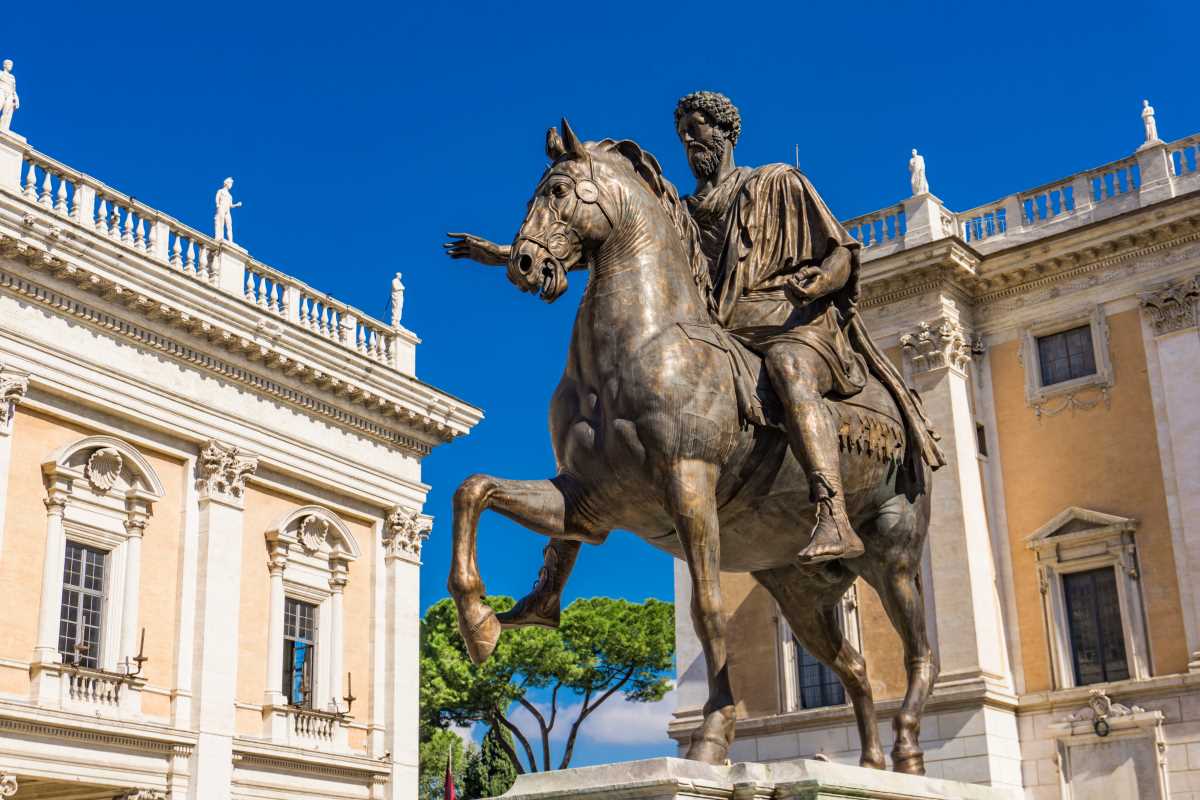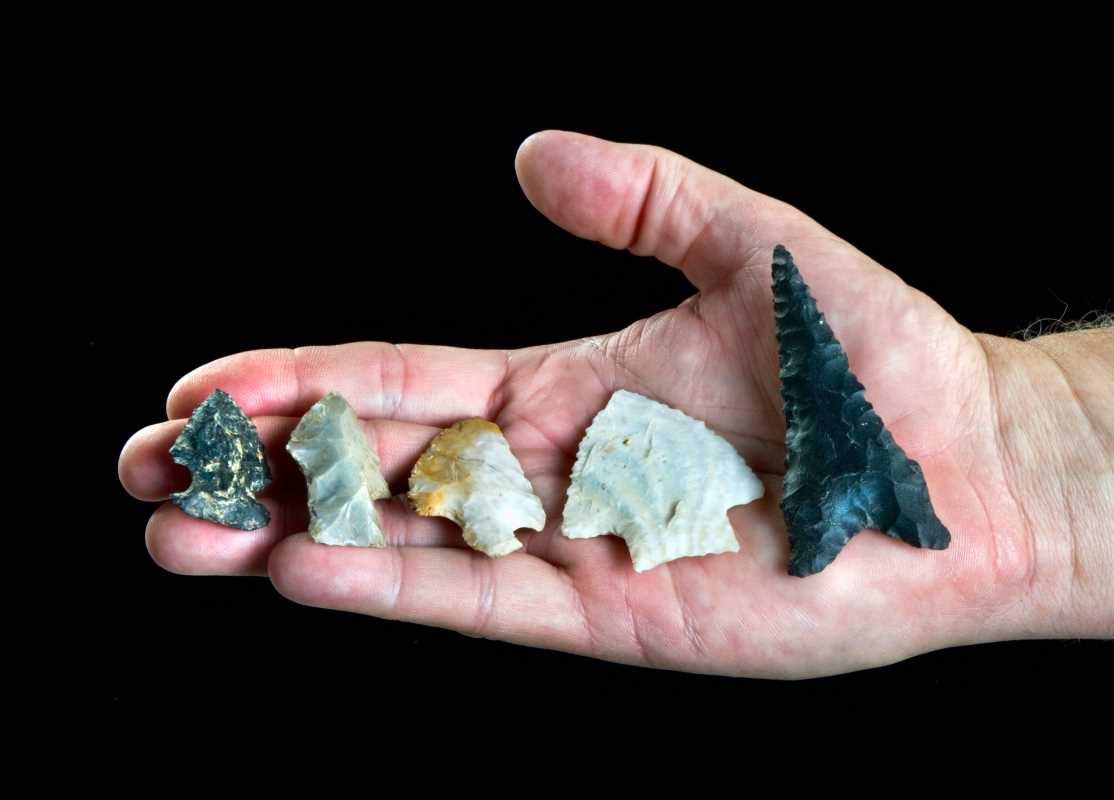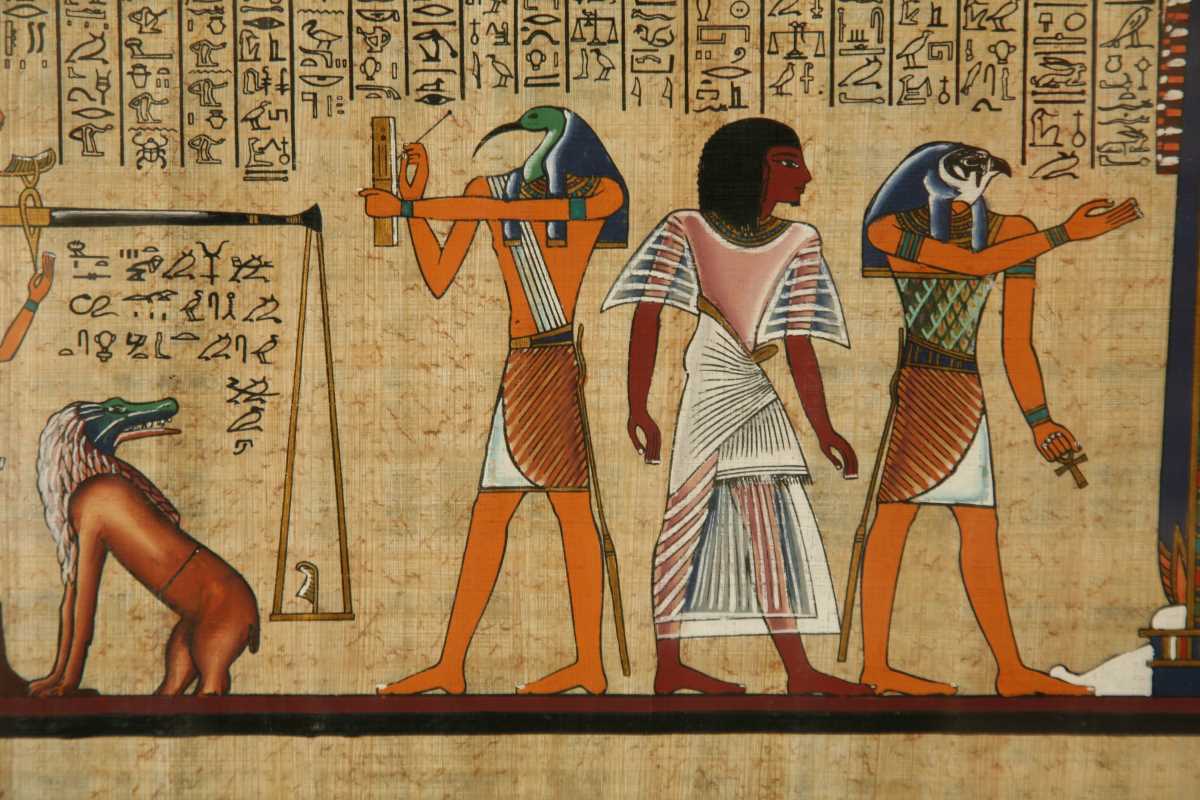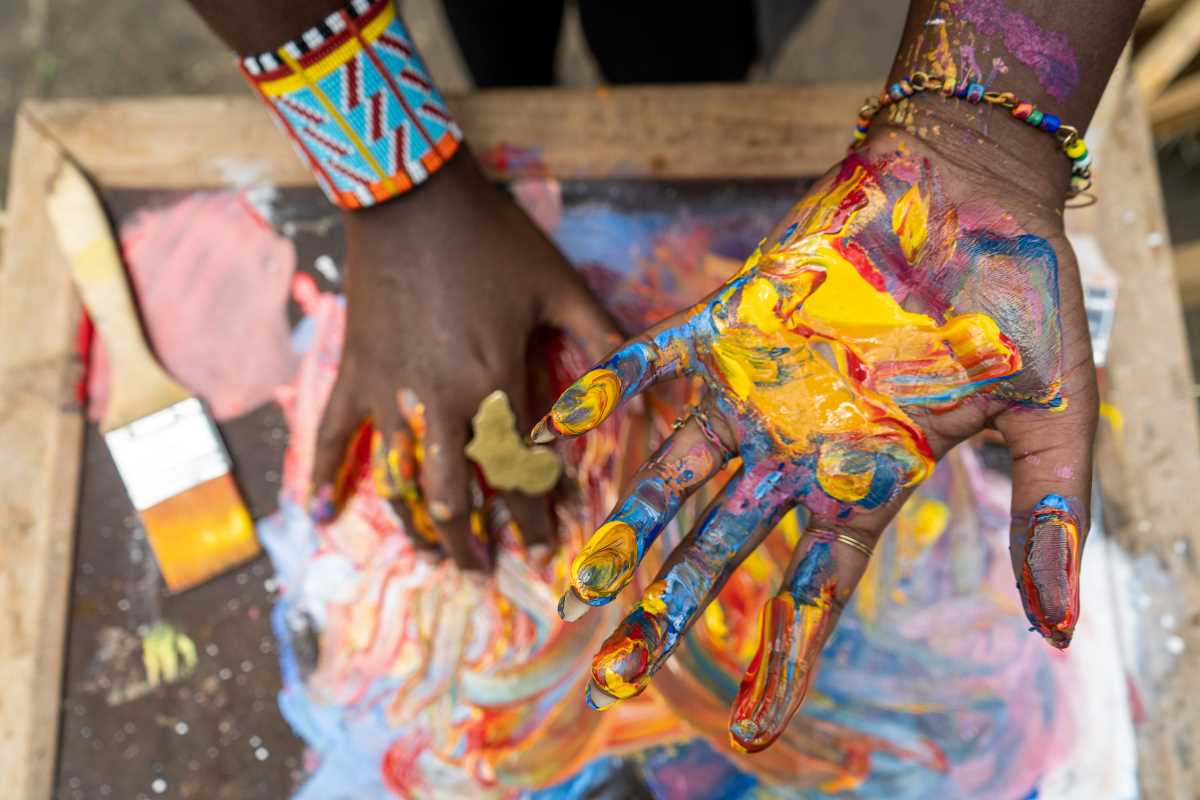Art comes in many forms, but few mediums carry the timeless charm and versatility of mosaics. Made by arranging pieces of tile, glass, stone, or other materials into intricate patterns and pictures, mosaics have been a means of storytelling, decoration, and cultural expression for centuries. These beautiful creations can be seen everywhere—from ancient church ceilings to modern city parks. Yet, few people realize just how long mosaics have been around or how much they’ve evolved over time.
The history of mosaics spans thousands of years and countless cultures, with each era bringing new styles, techniques, and innovations. From the glittering golds of Byzantine mosaics to the bold, contemporary designs we see today, mosaics have always reflected the world around them. This article will take you on a journey through the history of mosaics, exploring their origins, their rise to prominence in Byzantine art, and their transformation into a modern art form.
The Origins of Mosaics
To understand how mosaics came to symbolize different cultures and historical moments, we need to go back to their beginnings. The first mosaics date as far back as the 3rd millennium BCE in Mesopotamia, where artisans used small, colored materials like stones and shells to decorate buildings and pottery. These early mosaics were simple in design, but they marked the start of what would become a rich artistic tradition.
Mosaics in Ancient Greece and Rome
It wasn’t until the Greeks and Romans got involved that mosaics became more refined and widely used. The Greeks were known for creating pebble mosaics, in which naturally colored stones were arranged to form detailed images, often of mythological scenes or landscapes. These eye-catching designs became a popular way to decorate floors.
The Romans, however, took mosaics to the next level. They introduced the use of tesserae, which are small, square pieces of stone, glass, or ceramic tiles. Tesserae allowed Roman artists to create more detailed and durable images. Roman mosaics often adorned public baths, villas, and temples, featuring everything from geometric patterns to elaborate depictions of gods, animals, and daily life.
One of the most famous Roman mosaics is the Alexander Mosaic from Pompeii, which portrays the Battle of Issus between Alexander the Great and King Darius III of Persia. Its intricate design and vibrant colors highlight how advanced Roman mosaics had become.
The Golden Age of Byzantine Mosaics
While the Romans laid much of the groundwork, it was the Byzantine Empire that elevated mosaics into a glittering art form. Byzantine mosaics, which flourished between the 4th and 15th centuries, were characterized by their use of gold, glass, and other rich materials to create shimmering, larger-than-life images.
Mosaics in Churches
The main purpose of Byzantine mosaics was to convey religious themes and inspire awe. These mosaics often covered the walls, ceilings, and domes of churches, depicting Christian figures like Jesus Christ, the Virgin Mary, and various saints. Unlike the Romans, who focused on naturalism and realism, Byzantine artists used mosaics to evoke a sense of the divine, emphasizing light and symbolism over lifelike details.
Perhaps the most famous example of Byzantine mosaic art is found in the Hagia Sophia in Istanbul. Its glittering mosaics, such as the image of Christ Pantocrator, remain iconic examples of the empire's artistic legacy.
The Symbolism of Gold
Gold played a critical role in Byzantine mosaics. Tiny tiles made of gold leaf sandwiched between layers of glass created a dazzling effect that caught and reflected light. This wasn’t just for aesthetic appeal; the shimmering surfaces were meant to represent the divine light of heaven.
The Renaissance and Decline of Mosaics
The Renaissance era, spanning the 14th to 17th centuries, marked a shift in artistic preferences. While the period is known for groundbreaking innovations in painting, sculpture, and architecture, mosaics fell out of favor. Artists of the Renaissance were more focused on perspective, anatomy, and realism, which were better achieved through painting than by piecing together tiles.
That’s not to say mosaics disappeared completely during this time. They continued to be used, particularly in religious contexts, but they were no longer the dominant art form they had been in the Byzantine period.
Revitalization in the 19th and 20th Centuries
Mosaics experienced a resurgence in the 19th and 20th centuries, thanks to movements like Art Nouveau and Art Deco. These artistic trends embraced bold designs, rich materials, and geometric patterns, all of which lent themselves perfectly to mosaic art.
Antoni Gaudí and Modernist Mosaics
One of the most famous modern mosaic artists was the Spanish architect Antoni Gaudí. His work, particularly in Barcelona, brought mosaics back into the spotlight. Gaudí integrated mosaics into his architectural designs, using the technique known as trencadís, where broken tiles and ceramics are pieced together to create colorful, textured surfaces. The iconic Park Güell in Barcelona is a masterpiece of this style, showcasing how mosaics can merge art and architecture.
Public Art and Urban Spaces
Mosaics also found a place in urban settings, decorating public parks, transportation stations, and plazas. This shift made mosaics more accessible, turning them into a form of community art. Cities like New York, Los Angeles, and São Paulo are home to vibrant mosaic murals that celebrate local culture and history.
Contemporary Mosaic Art
Today, mosaics continue to thrive as an art form, taking on new shapes and meanings. Contemporary artists experiment with a wide range of materials, including recycled glass, mirrors, and even digital elements. Mosaics are no longer confined to religious or public spaces; they appear in private homes, galleries, and schools, reflecting the creative freedom of the modern era.
Interactive and Eco-Friendly Designs
Some modern mosaics are interactive, involving communities in their creation. For example, community art projects often invite residents to contribute tiles or even place pieces themselves, fostering a sense of connection and pride.
Sustainability has also become a key theme in modern mosaics. Artists are increasingly choosing eco-friendly or recycled materials, turning what could be waste into stunning art.
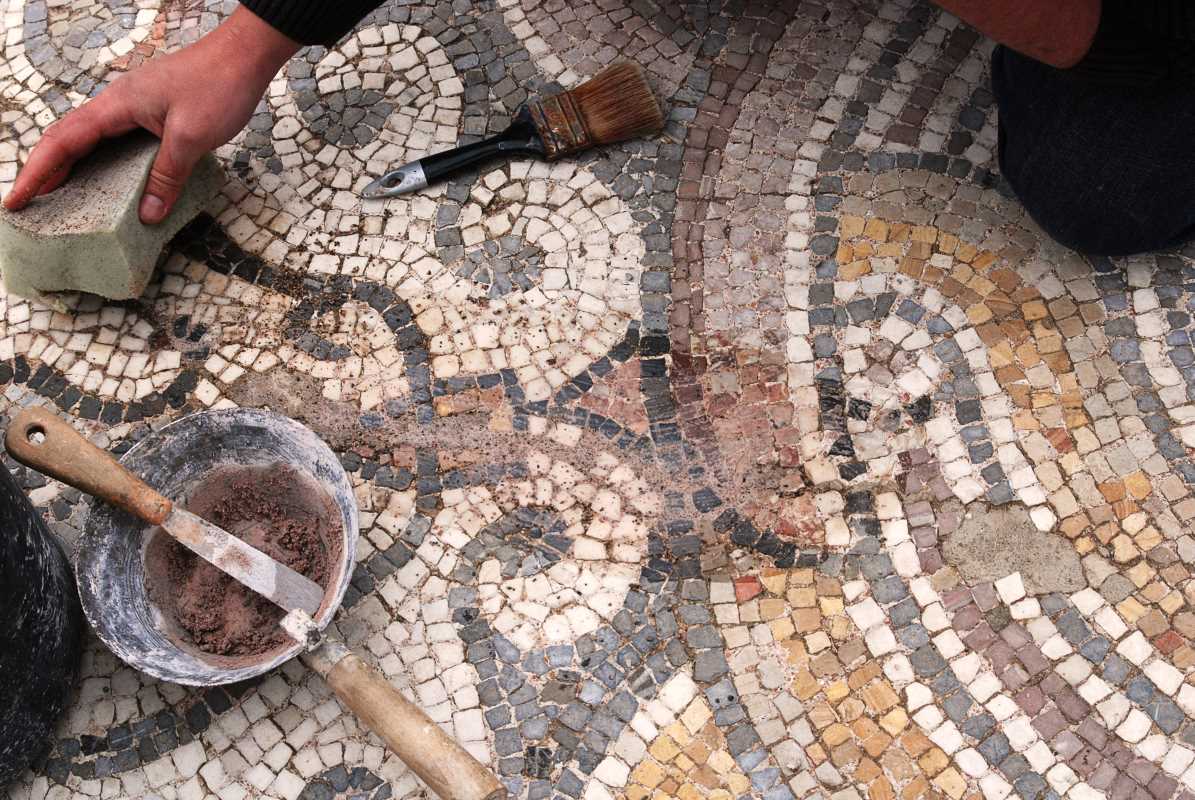 (Image via
(Image via